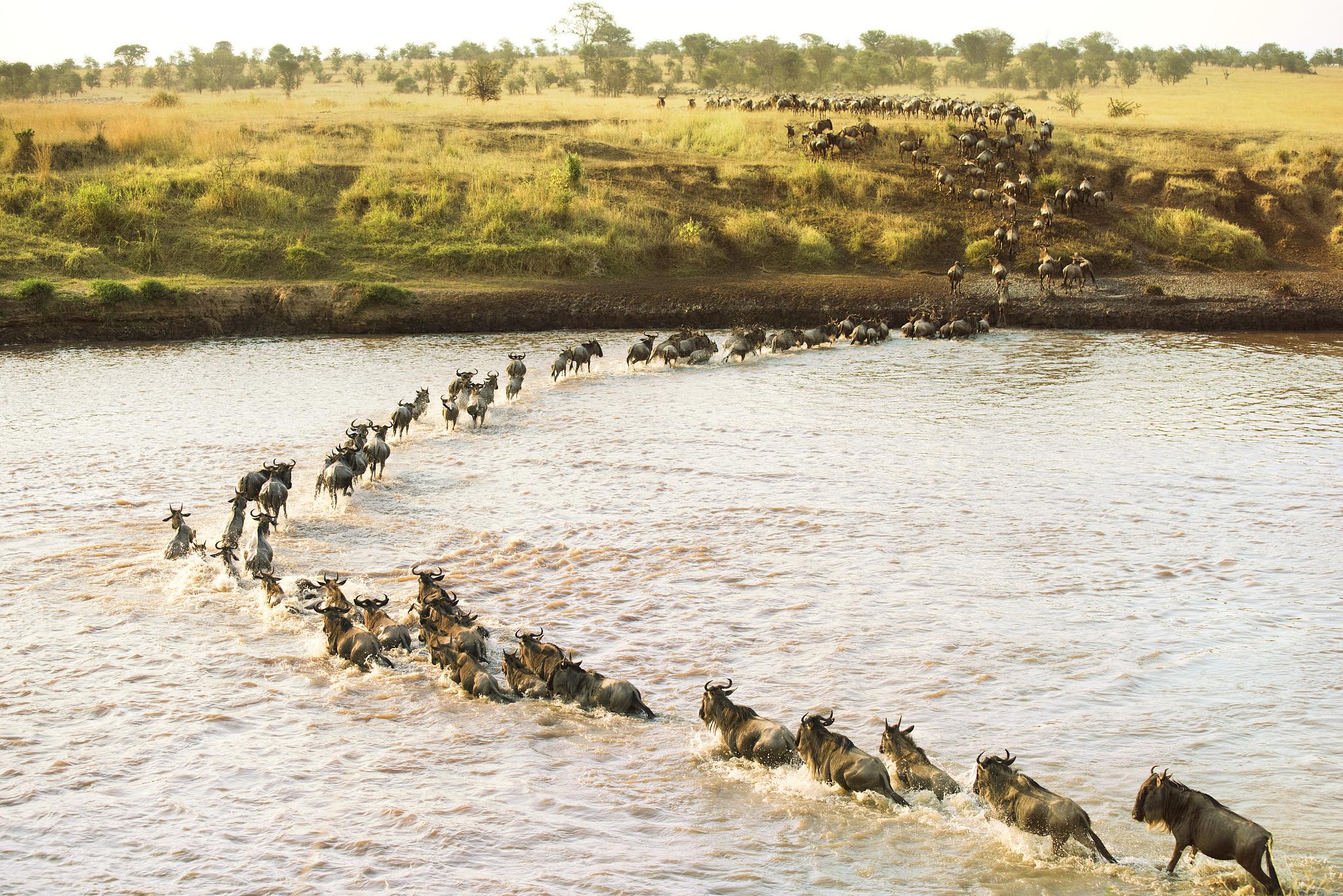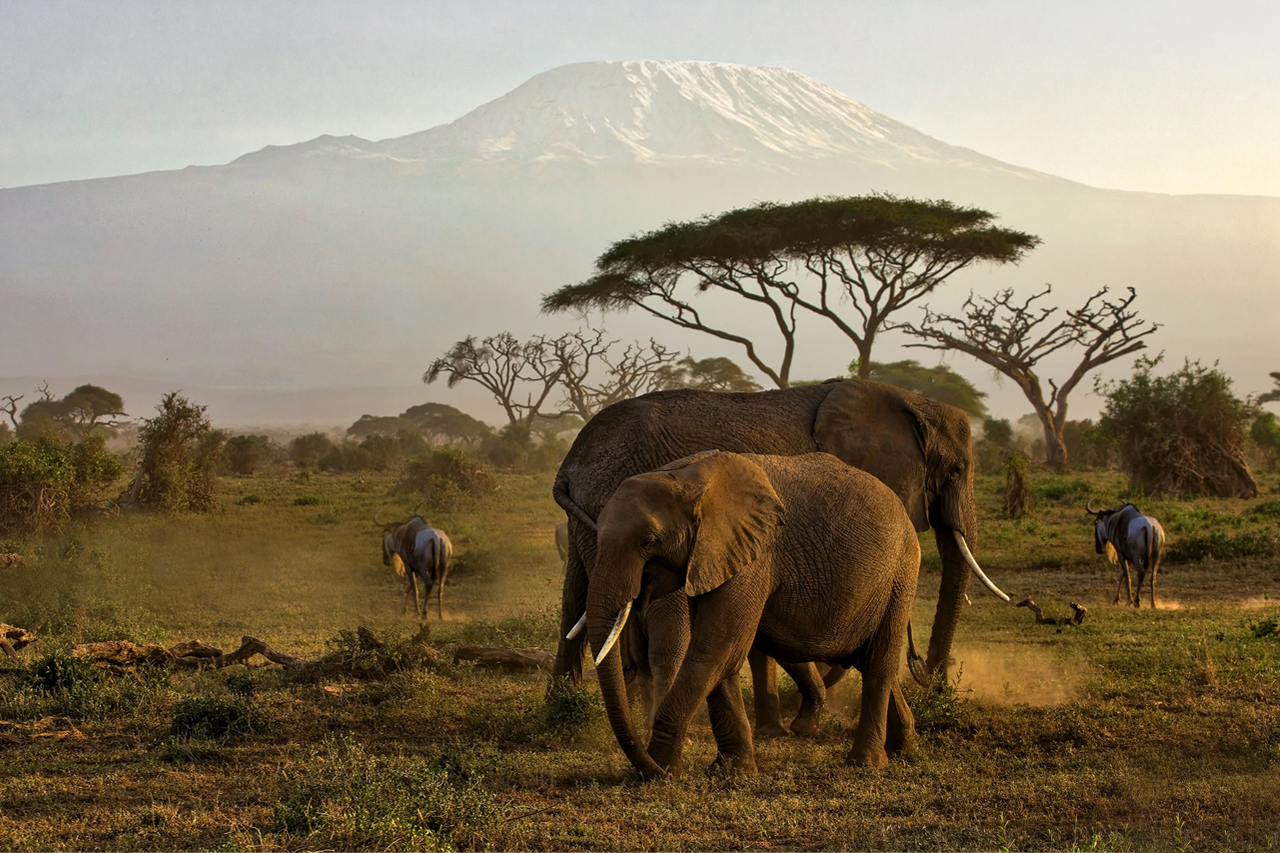
Best Time to Visit Kenya for a Safari in 2025
Best Time to Visit Kenya for a Safari in 2025. Kenya is a premier safari destination, boasting an array of wildlife, diverse landscapes, and unique cultural experiences. When planning your safari in 2025, timing is crucial. The country’s climate and migration patterns influence wildlife visibility and overall experience, making some months better suited for safaris than others. In this blog, we’ll delve into the best times to visit Kenya for a safari, offering detailed insights on the country’s seasonal variations, wildlife migrations, and optimal travel experiences.

Understanding Kenya’s Climate and Seasons
Kenya lies on the equator, so its climate is relatively stable throughout the year. However, there are distinct wet and dry seasons, which greatly affect safari experiences. Generally, Kenya experiences two main seasons:
- Dry Season (June to October): This period is often considered the best time for a safari due to the scarcity of rain. Which forces wildlife to congregate around water sources. Clear skies, low humidity, and warm daytime temperatures make it an ideal time to explore the country’s national parks and reserves. Moreover, the dry season coincides with the Great Migration, a spectacular natural event that draws thousands of visitors.
- Wet Season (November to May): The wet season can be subdivided into two parts. The short rains from November to December and the long rains from March to May. While wildlife viewing is still possible during these months, the lush vegetation can make spotting animals more challenging. However, this is also the season for new life, with many species giving birth. The wet season is a great time for birdwatchers as migratory species flock to Kenya’s wetlands.
Now that we have a general understanding of Kenya’s climate, let’s dive into the best months to visit for a safari in 2025, taking into account factors like wildlife migrations, weather conditions, and travel experiences.
The Great Migration: A Highlight of Kenya’s Safari Experience
One of the most sought-after safari experiences in Kenya is witnessing the Great Migration, a remarkable wildlife spectacle where millions of wildebeest, zebras, and other herbivores move in search of greener pastures. This migration primarily occurs in the Masai Mara National Reserve, with the peak usually happening between July and October. If you are planning your safari to coincide with the Great Migration in 2025, aim to visit between mid-July and late October.
During this time, the herds cross the Mara River, often braving the dangerous waters teeming with crocodiles. The drama and action of these river crossings are unforgettable, making this the pinnacle of the safari season. Beyond the river crossings, predator activity is high, as lions, cheetahs, and hyenas take advantage of the abundance of prey.
Although the migration is the main attraction. There are plenty of other wildlife encounters to be had in the Masai Mara throughout the year. For those who prefer a quieter experience, visiting during the shoulder months of June or early November may be ideal, as you can still catch a glimpse of the migration without the large crowds.
The Dry Season: June to October – Optimal Safari Experience
The dry season, spanning from June to October. This is widely regarded as the best time for a safari in Kenya. This period offers excellent wildlife viewing as the vegetation is thinner, and animals are easier to spot. As the dry season progresses, water becomes scarce, and animals gather around permanent water sources, offering visitors ample opportunities for sightings.
- June to July: These months mark the beginning of the peak safari season. Although the migration may not yet be in full swing, wildlife viewing is superb. The weather is pleasant, with cooler temperatures in the early mornings and evenings. Parks such as Amboseli, Tsavo, and Samburu are ideal during this time, with the absence of rain making the roads more accessible.
- August to September: This is the height of the safari season, particularly for those aiming to witness the Great Migration. The dry, dusty landscapes of the Masai Mara come alive as herds of wildebeest and zebras cross the Mara River. Be prepared for higher accommodation rates and increased tourist activity during these months. However, the dramatic scenes of predator-prey interactions make it worthwhile. Beyond the migration, Amboseli offers excellent views of Mount Kilimanjaro, and its elephant populations are particularly active.
- October: While still part of the dry season, October is slightly less crowded as some tourists begin to leave after the peak migration period. The weather is still favorable, and wildlife viewing remains exceptional. If you prefer a more serene experience without sacrificing quality wildlife encounters, October might be the perfect balance between great sightings and fewer crowds.
The Wet Season: November to May – A Different Kind of Safari
While the dry season is often hailed as the best time for a Kenyan safari. The wet season offers its own unique advantages. For those willing to embrace occasional rain showers, you’ll find fewer tourists, lower prices, and some truly spectacular sights.
- November to December (Short Rains): The short rains transform the landscape into a lush, green paradise. While the rain may deter some travelers, it’s a great time for birdwatching as migratory species arrive in Kenya. Parks such as Samburu, Nakuru, and Meru offer excellent birding opportunities. Additionally, the rains bring new life, and many animals give birth during this time, providing opportunities to see young animals in their natural habitat. Although the Great Migration has moved south into Tanzania, predator activity in the Mara remains high due to the abundance of vulnerable newborn prey.
- January to February: The short dry spell in early 2025 offers a great window for safaris. The landscape remains green and vibrant, and while the short rains have ended, the long rains have yet to begin. This is a fantastic time to visit if you prefer to avoid the high season crowds and are looking for affordable safari options. Birdwatchers will also find this time ideal for spotting rare and colorful species.
- March to May (Long Rains): The long rains are the low season for tourism in Kenya, with heavy downpours occurring sporadically throughout the day. While the rains can make some roads impassable, and certain lodges may close during this period, the advantages include fewer tourists and more affordable prices. Wildlife viewing can still be rewarding, especially in the Masai Mara and Amboseli, though thick vegetation can make spotting animals more challenging. This is also the time when the landscape is at its greenest, offering photographers a unique opportunity to capture stunning scenery.
Special Considerations for a 2025 Safari
When planning a safari in Kenya for 2025, it’s essential to consider a few additional factors:
- National Holidays and School Vacations: Kenya’s public holidays, as well as school vacations in Europe and the United States, can lead to increased tourist activity, particularly in July and August. If you’re looking for a quieter experience, avoid these peak travel times.
- Safari Lodges and Camps: The dry season months, especially July to September, are the busiest, so it’s crucial to book your accommodation well in advance. Many luxury lodges and camps fill up quickly due to the high demand during the migration season.
- Health Considerations: 2025 is expected to be another busy year for Kenya’s tourism industry. Ensure that your vaccinations and health precautions are up to date, particularly for malaria, as mosquito activity can increase during the rainy season.

Conclusion: Timing Your Safari for the Best Experience in 2025
In conclusion, the best time to visit Kenya for a safari in 2025 largely depends on what you’re looking to experience. The dry season (June to October) is unbeatable for wildlife viewing, particularly if you’re keen to witness the Great Migration. However, the wet season (November to May) offers lush landscapes, abundant birdlife, and fewer tourists. Thus making it a fantastic option for those seeking a quieter, more affordable safari experience.
No matter when you decide to visit. Kenya’s incredible diversity of wildlife, breathtaking scenery, and rich cultural heritage will ensure an unforgettable safari adventure in 2025. Start planning your trip early to secure the best accommodations, and get ready for a journey of a lifetime through Kenya’s wild and untamed landscapes.
Related Posts;






